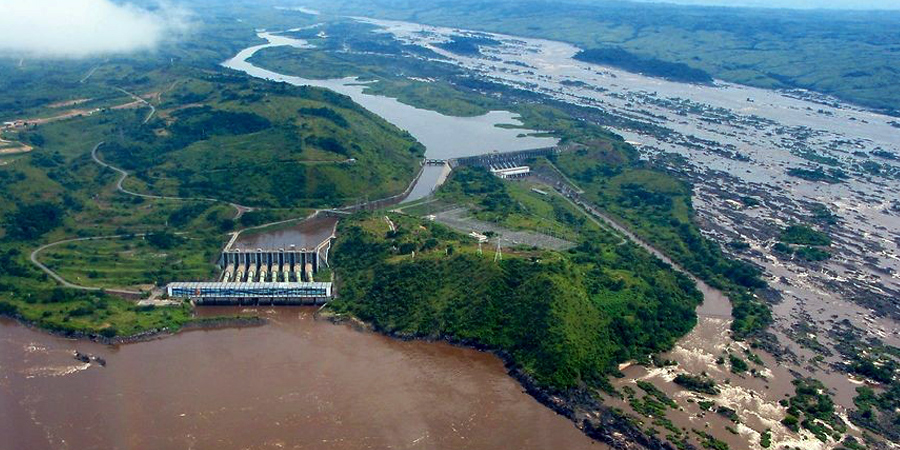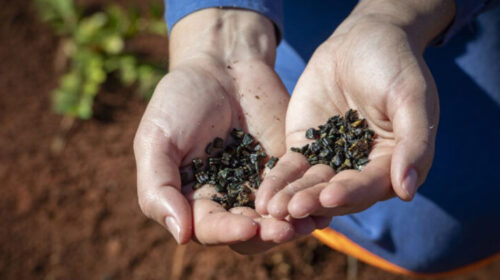CORAP calls on F.Tshisekedi to favor decentralized solutions for Congolese access to electricity before considering the “Grand Inga” project
The Coalition of Civil Society Organizations for the Monitoring of Reforms and Public Actions “CORAP”, in a press release, wonders whether Fortescue Métal Groupe (FMG), through the subsidiary Fortescue Future Industrie (FFI ) really brings a new paradigm in the Grand Inga project to the advantage of the country and its population, or only aspires to grab the greater part of the DRC’s energy resources?
Recalling that during the 5th FEC Energy Conference held from September 16 to 18, 2021, the Councilors of the Presidency of the Republic brought as a flagship message on the Grand Inga project “the new paradigm”, which is defined by the adoption of a new vision in the development of the Grand Inga project which would be much more advantageous to the DRC than the previous models. For the Advisors, the old paradigms, in particular the development model of the Inga 3 and Grand Inga Project proposed by the pre-feasibility study carried out by AECOM and EDF as well as the Inga 3 project proposed by the Sino-Spanish Consortium all had three common elements. , namely the very high cost,the development of the Grand Project in several phases and the sale of most of the energy that would be produced to foreign countries.
For them, CORAP believes, these elements constitute the characteristics of what they qualify as the “old paradigm”. However, according to the Convention that the Government of the DRC has signed with FFI, a subsidiary of FMG, this is not the case. Because this agreement identifies the most powerful hydroelectric sites in the Kongo Central province: – From Inga 3 to Inga 8, ie a potential of 45 GW; – Mpioka with 35 GW; and – Matadi with 15 GW.
In total, more than 90 GW that FFI intends to use in its own green industries that it will install at the Banana site. The question: What will be the share of the Congolese populations in these 95 GW? Nothing is reserved for the populations of the DRC. In addition, the financial means available to FFI will not allow it to build all the phases at once. He must go borrow as his predecessors wanted to do. With the consequence of the over-indebtedness of the DRC. So the cost is not as reasonable as we thought.
On the contrary, what we want to qualify as a “new paradigm” looks more like, according to CORAP, a real grabbing of hydroelectric resources in the DRC by FFI in complicity with certain advisers of the President of the Republic. Otherwise, how to qualify the fact for a foreign company to take for its account +/- 95 GW, that is to say more than 86% in exchange for the crumbs, on the 110 GW available to the DRC?
For CORAP, this “new paradigm” is worse than those that preceded it. Civil Society advises the President of the Republic to focus his action on the development of decentralized, sustainable, affordable and reliable solutions for access for all Congolese to electricity before considering major projects like “Grand Inga”, which risk mortgaging the country’s energy resources and exacerbating energy poverty.
![]()





